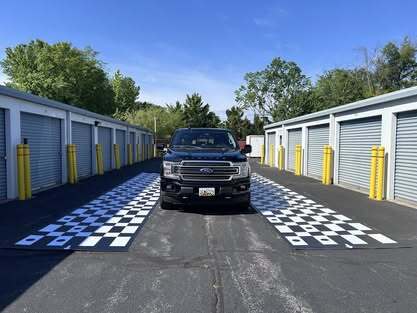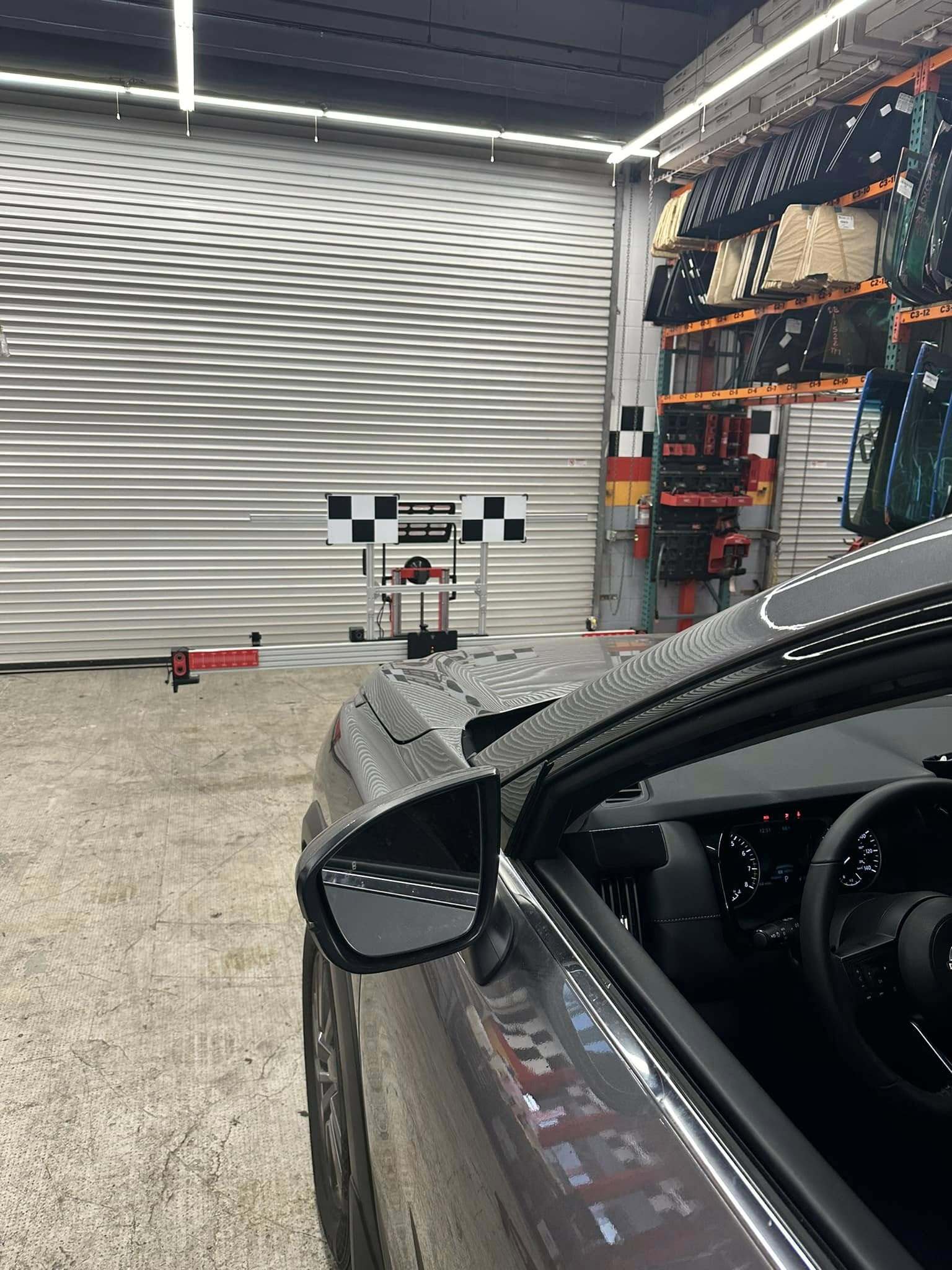In the ever-evolving world of Advanced Driver Assistance Systems (ADAS), one thing is clear: precision matters. Whether it's a forward-facing camera used for lane-keeping or a radar sensor responsible for emergency braking, the calibration of these components must be exact.
But there's an ongoing debate in the industry—should calibrations be done outdoors or indoors? While some technicians swear by the convenience of calibrating vehicles in parking lots and driveways, others (myself included) believe this approach introduces unacceptable variables into a process that demands control.
Outdoors:

Indoors:

The Outdoor Temptation: Flexibility vs. Fidelity
Let’s start with the obvious: outdoor calibrations are convenient. You don’t need an expensive alignment bay or large real estate investments. You can pull a vehicle into an open area and set up your targets. From a workflow and cost-efficiency standpoint, it’s a dream setup for mobile technicians and high-volume shops.
But here’s the catch—nature is unpredictable.
- What if it's cloudy today and sunny tomorrow?
- What if you're working at noon one day and dusk the next?
- What happens when lens flare from the sun bounces off the vehicle or the calibration target?
This is not just a hypothetical concern. Fluctuations in ambient lighting conditions can significantly affect how the forward-facing camera perceives contrast, distance, and edge detection. Below is a clear example of lens flare, a visual artifact that can change what the camera "sees"—a serious risk in a calibration scenario:

Example of lens flare that could distort ADAS camera input.
Now imagine that artifact introducing a half-degree skew in a lane departure warning system. The calibration might pass, but would you bet your liability insurance on it?
Controlled Environments: Consistency is Confidence
Doing calibrations indoors in a controlled environment eliminates these variables.
- Lighting is consistent
- Targets are fixed
- Ambient distractions (shadows, reflections, pedestrians) are removed
- Camera sensors aren’t exposed to glare or shifting light levels
- Floors are level
That’s how you create repeatable, reliable calibrations—the kind you can defend in court if needed. Because while an outdoor calibration might "pass" today, who’s to say it was calibrated to the same standard someone else would apply tomorrow?
Note: failed calibrations from the outdoors are most commonly due to glare from either the front hood, or the targets themselves.
The Bottom Line
Sure, outdoor ADAS calibration is possible. It’s flexible, low-cost, and fast. But is it responsible?
In my opinion, ADAS calibrations should be treated with the same respect as engine tuning or brake testing—done in a controlled environment, free from external variables. A lens flare today could be a lawsuit tomorrow.

